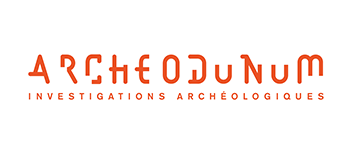Viticulture in Iron Age and Roman southeastern France: A reconstruction based on charcoal and seed-fruit data compared to archaeological evidence and wine yields modelling
Résumé
Winegrowing has dramatically shaped the landscapes as well as the culture and economy of societies in the Mediterranean region. It is generally accepted that it appeared and expanded in Mediterranean France during the Iron Age and the Roman period (ca 750 BCE -500 CE). Viticulture flourished massively during the Early Roman Empire, when wine was widely exported throughout the Empire.
The objective of this paper is to propose an updated overview of the history of viticulture based on a multidisciplinary survey combining archaeobotanical, archaeological data and modelling of wine potential yields. We aim to compare the information provided by seed-fruits and by charcoal, and to better understand how these data can be used to trace ancient viticulture in relation to other archaeological data.
We collected and entered into a database all available results of charcoal and seed-fruit analyses from Mediterranean France and the middle Rhône valley. Seed and fruits provide evidence of fruit consumption and processing (table vs. pressing), while charcoal remains are stronger indicators of local cultivation. We also included published archaeological information about wineries and amphorae factories. This provides another
| Origine | Publication financée par une institution |
|---|---|
| licence |


